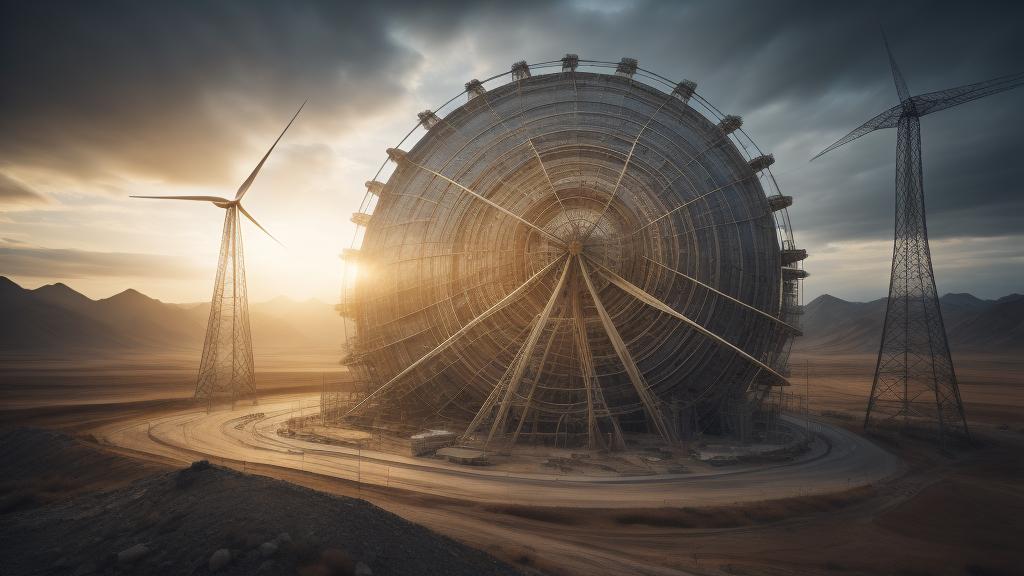The energy landscape is on the verge of a monumental shift, with Distributed Energy Resources (DERs) taking center stage. These are smaller power sources that can be aggregated to provide the power necessary to meet regular demand. DERs, which include solar panels, wind turbines, battery storage, and even electric vehicles, are reshaping the way energy is produced, stored, and consumed, thus leading a quiet revolution in how we perceive and use electricity.
This transformation is not only about technology but also about strategy. The shift towards decentralized energy systems encourages energy independence and resilience, reducing the reliance on traditional centralized power plants. This means that communities and businesses can generate their own power, thereby lowering electricity costs and enhancing energy security.
One of the driving forces behind the DER revolution is the rise of renewable energy technologies. Solar and wind power, in particular, have seen exponential growth thanks to technological advancements and decreasing costs. This growth is fostering an environment where prosumers—consumers who also produce energy—can play a pivotal role in the energy ecosystem. The result? A more dynamic, resilient energy grid that can respond to fluctuations in demand and supply.
However, the integration of DERs is not without challenges. The traditional power grid was not designed for the bidirectional flow of electricity that DERs require. This necessitates significant upgrades and a rethinking of grid management approaches. Advanced grid technologies, such as smart grids and demand response systems, are crucial for optimizing the usage of distributed energy and ensuring grid stability.
Utilities and regulators are now under pressure to create a conducive environment for the proliferation of DERs. Policies and incentives are essential to encourage both residential and commercial sectors to adopt these technologies. Moreover, innovative business models—such as peer-to-peer energy trading and microgrids—are emerging, allowing users to trade and share energy more efficiently.
While DERs offer profound benefits, they also pose regulatory and technological challenges. Ensuring cybersecurity, maintaining grid reliability, and creating fair market structures are key issues that stakeholders must address. As these challenges are navigated, it is vital that cooperation among governments, industry leaders, and communities continues to spur the development and integration of DERs.
The benefits of embracing DERs go beyond just economic gains. They embody a more sustainable and greener future, aligning with global efforts to reduce carbon footprints and mitigate climate change. As technology continues to advance and regulations evolve, the potential for DERs to democratize the energy market grows ever more promising.
In conclusion, Distributed Energy Resources are not just an evolving trend—they are the future of energy. As they continue to gain traction, they hold significant promise for transforming how power is generated, shared, and used, leading us towards a more sustainable and resilient energy future.
Revolutionizing the Grid: The Untapped Potential of Distributed Energy Resources

